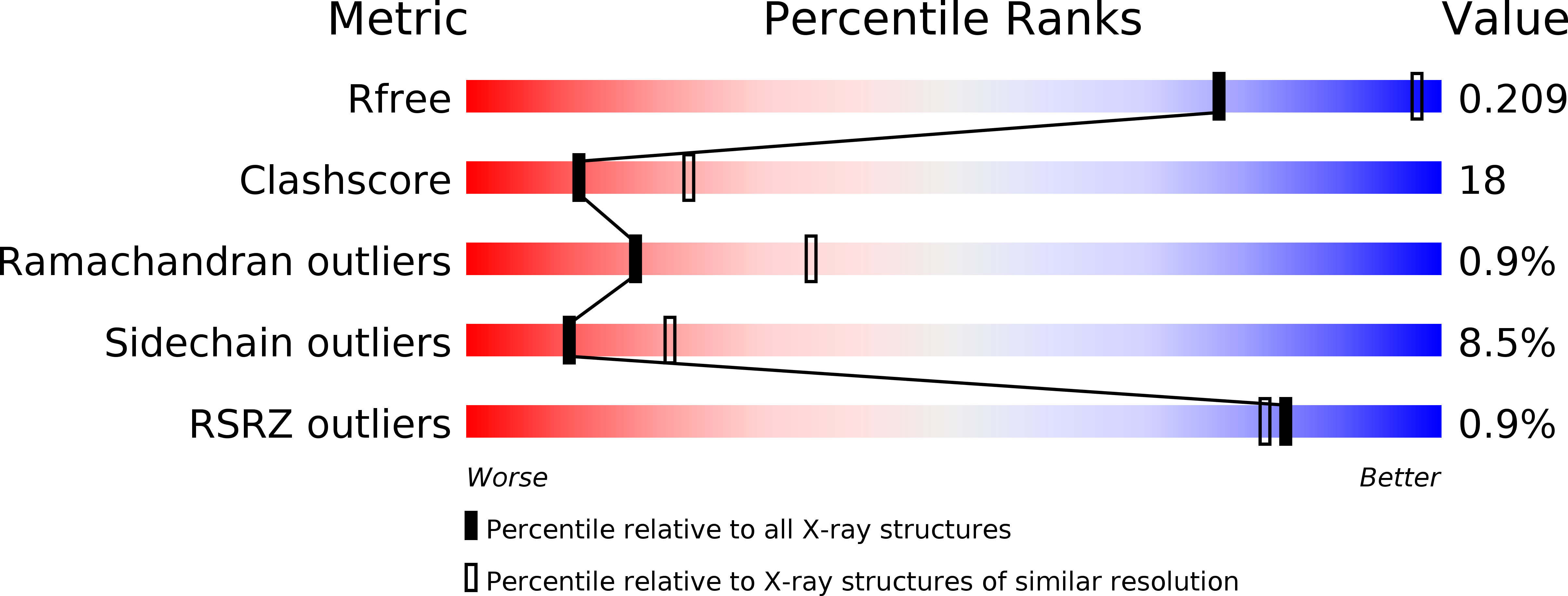
Deposition Date
1996-12-27
Release Date
1997-12-31
Last Version Date
2024-11-06
Method Details:
Experimental Method:
Resolution:
2.60 Å
R-Value Free:
0.30
R-Value Work:
0.20
R-Value Observed:
0.20
Space Group:
P 1 21 1


